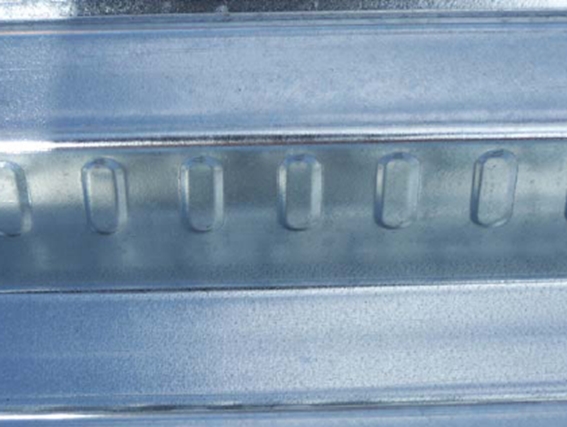
engineering & technology publications
ISSN 1759-3433
PROCEEDINGS OF THE EIGHTH INTERNATIONAL CONFERENCE ON COMPUTATIONAL STRUCTURES TECHNOLOGY
Numerical Analysis of Steel Sheeting with Indentations or Embossments, Used for Composite Slabs
Laboratory of Structural Analysis and Design, Department of Civil Engineering, University of Thessaly, Greece
The design of the composite slabs made with this special type of steel sheeting is based on the recommendations of Eurocode 4 [1]. More specifically, during the casting of the concrete the steel sheeting is used as formwork and undertakes the weight of the fresh concrete and various construction loads, including the heaping of concrete, storage loads, etc. After the hardening of the concrete the steel sheeting cooperates with the concrete in order to undertake the additional loading on the composite slab.
Until now, the contribution of the embossments has been studied only with respect to the effect that it has on the longitudinal shear strength of composite slabs [2]. For the contribution of the embossments to the bending strength of composite slabs, no study has been until now published in the literature. According to Eurocode 4, the resistance of the composite slab in bending should be based on an effective area of the steel sheeting in which the width of embossments or indentations in the sheet should be neglected, unless it is shown that a larger area is effective.
The aim of the present paper is to model numerically the behaviour of steel sheeting with embossments or indentations. The analysis is based on three dimensional models of the steel sheeting which take into account accurately the geometry of the specific profile under study. Moreover, the numerical models take into account the material nonlinearities which are present in the physical model.
Two series of analyses were performed. In the first one the steel profile is subjected to pure tension, while in the second one it is subjected to pure bending. In each one of the two series, a parametric analysis is performed in order to study the effect of the depth of the embossments or the indentations to the strength and the stiffness of the steel sheeting.
- 1
- prEN 1994-1-1:2002, Eurocode 4. Design of composite steel and concrete structures - Part 1-1: General rules and rules for buildings, 2002.
- 2
- P. Makelainen and Y. Sun, "The longitudinal shear behaviour of a new steel sheeting profile for composite floor slabs", Journal of Constructional Steel Research, 49, 117-128, 1999. doi:10.1016/S0143-974X(98)00211-9
purchase the full-text of this paper (price £20)
go to the previous paper
go to the next paper
return to the table of contents
return to the book description
purchase this book (price £140 +P&P)
